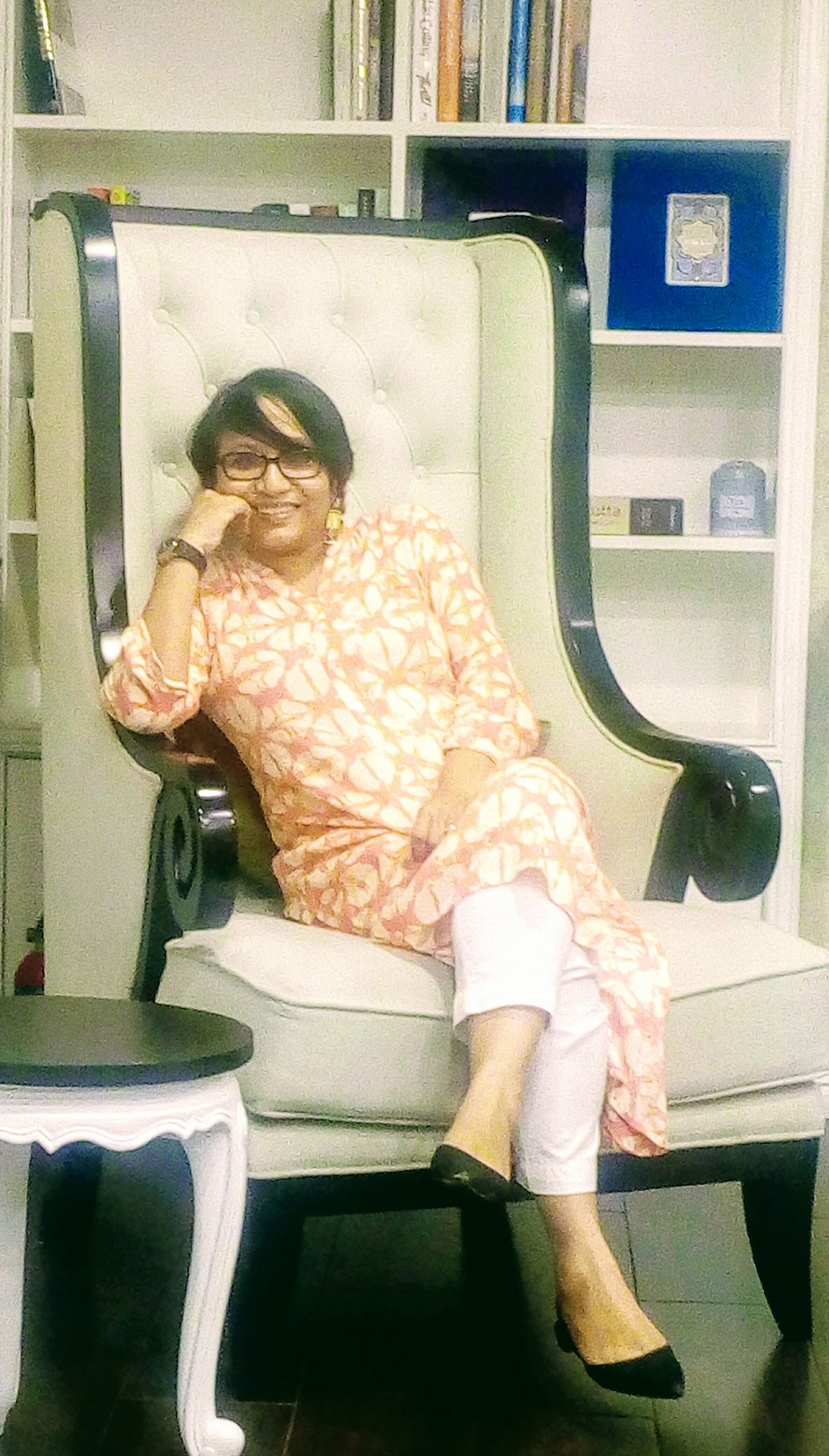The interest in tea culture among Bengalureans has increased by six folds over the last decade, says tea artiste Susmita Das Gupta.
Attributing this to the cosmopolitan culture of the city which plays host to people from across the globe, Sushmita says that people who have been culturally drinking coffee are opening up to tea experiences.
“Despite Bengaluru being in the south of the country, people are ready to cut across cultures and try things now. At a recent workshop, a hardcore coffee drinker spoke about how she was ready to try more teas, which is a big stepping stone,” she says.
There is a big boost in the number of workshops and sessions held in the city too. “Compared to when I started off six years ago, there are at least 6 to 7 tea workshops happening in a month now. There are a large number of retail outlets which host tea appreciation workshops now,” she adds.
Founder of the group ‘Tea with Sushmita’, the connoisseur hosts many innovative and educative workshops herself. “I do workshops and tea tasting sessions, which discuss tea trends and more about tea. People are interested in learning about the story behind the tea type and even its history now,” she says.
Herbal tea to milk tea
While understanding brands and history of tea in the country, she points out that many brands started marketing. “Brooke Bond used horse-driven carriages to distribute samples of black tea. They also taught that this tea had to be had with milk and sugar; not boiled but added separately,” she says.
Slowly Indians started drinking the tea. “Just like the herbal tea, we would prepare our tea differently,” she adds.
How did Assam come on the tea map?
The British East India Company wanted to stop the monopolisation of China as the only tea-producing country. In the early 1800s, they brought tea seeds from China to Assam, since the region only had tea growing in large quantities but in a wild form and not as a cultivation.
‘From the time of Ramayana’
“Tea has been growing in North India and North East India, particularly Assam and the Himalayan region for 1,000s of years. The first reference of tea is as a herbal drink in the Ramayana.”
Susmita Das Gupta, Tea connoisseur.
Cooking ingredient
Tea (which is now known as Camellia Assamica) was used 1,000 years ago in cooking with vegetables, onions, ginger and garlic. This style of cooking still exists in Burma.
Appreciation camp today
Project Eve presents ‘The She Sessions: Tea Appreciation Workshop’ at its Jayanagar outlet on June 16, 3 pm. Material will be provided at the event. There is no entry fee.
A world of teas
The different types of teas are white, green, oolong and black and the number of hours of oxidisation of these teas, are in the same order. White, green and oolong tea are had by themselves but milk often needs to be added to black tea.
